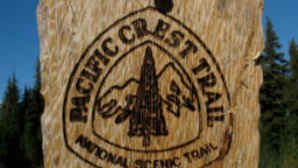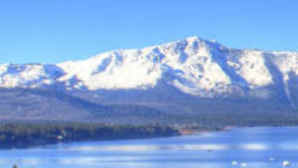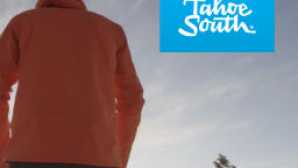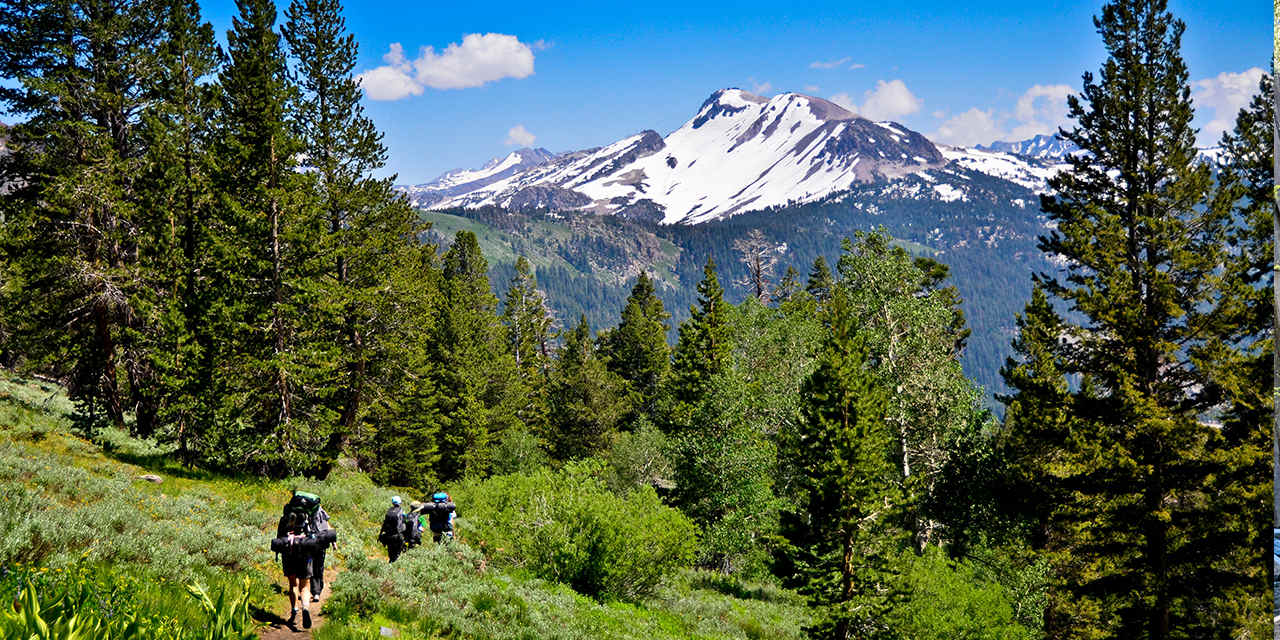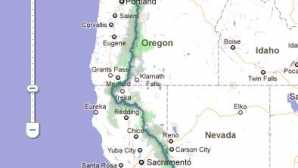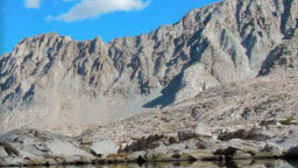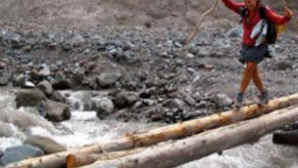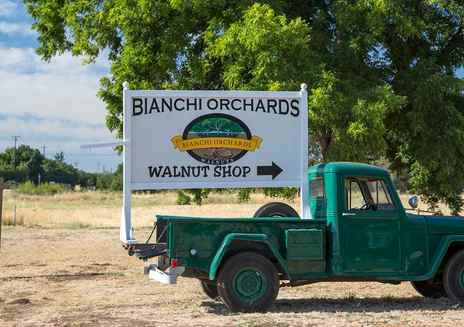For the latest on COVID-19 (Coronavirus) click here
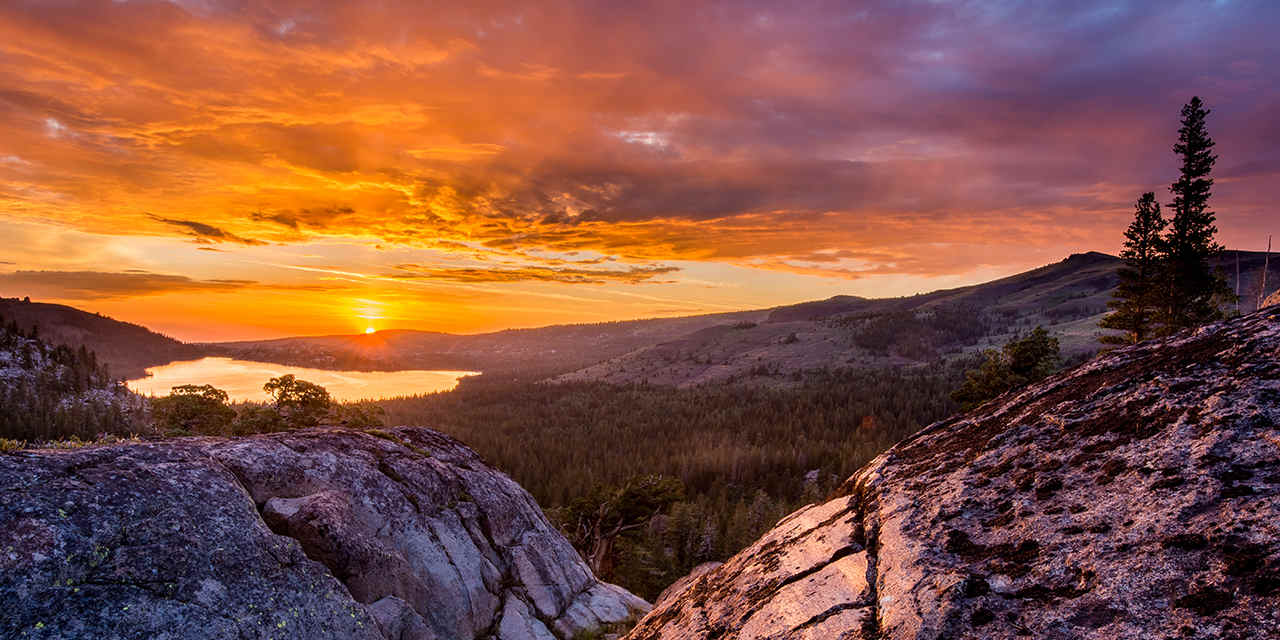
Pacific Crest Trail: Carson Pass
Spotlight: Pacific Crest Trail

The Pacific Crest Trail extends for a whopping 2,650 miles from Mexico to Canada, forging an unbroken footpath through three states—California, Oregon, and Washington. It crosses over deserts and tunnels through forests, travels across glaciated mountain passes, and skirts the shoulders of conical volcanic peaks. To hike the entire trail takes about five months—if all goes well—walking an average of 16 to 18 miles per day. Many hikers plan on six months to account for the vagaries of mountain weather and the need for rest and resupply days.
The tri-state trail was the dream of Harvard graduate Clinton Churchill Clarke, who had been a Boy Scout as a child. In the 1930s, he and his friend Warren Lee Rogers created the Pacific Crest Trail (PCT) System Conference, which united several hiking clubs and youth groups. The men began lobbying to link together existing trails to create a border-to-border trail. Members of the Young Men’s Christian Association and the Boy Scouts organization supported their efforts by scouting the trail’s planned route. Even world-famous photographer Ansel Adams played a role on the PCT conference’s executive committee.
Progress was slow. In 1968, President Lyndon Johnson finally signed the National Trail Systems Act, which named the East Coast’s Appalachian Trail and the Pacific Crest Trail as the first two national scenic trails. Over the next 25 years, countless individuals built nearly 1,000 miles of the PCT. It was completed in 1993.
The PCT was mostly known only to serious hiking enthusiasts until 2012, when Cheryl Strayed’s memoir Wild, detailing her 1,100-mile solo journey on the trail, was published. Her book was later made into a film of the same name starring Reese Witherspoon, and the accompanying notoriety led to a spike in the number of people attempting all or part of the trail.
Typically, a few hundred people each year hike the entire PCT, but thousands more hike some portion of it. Whether you choose to day hike or take a short backpacking trip, here are six major Pacific Crest Trail access points—from San Diego County up to the Shasta Cascade region—where you can go have your own Wild California experience, listed south to north.
– Ann Marie Brown


